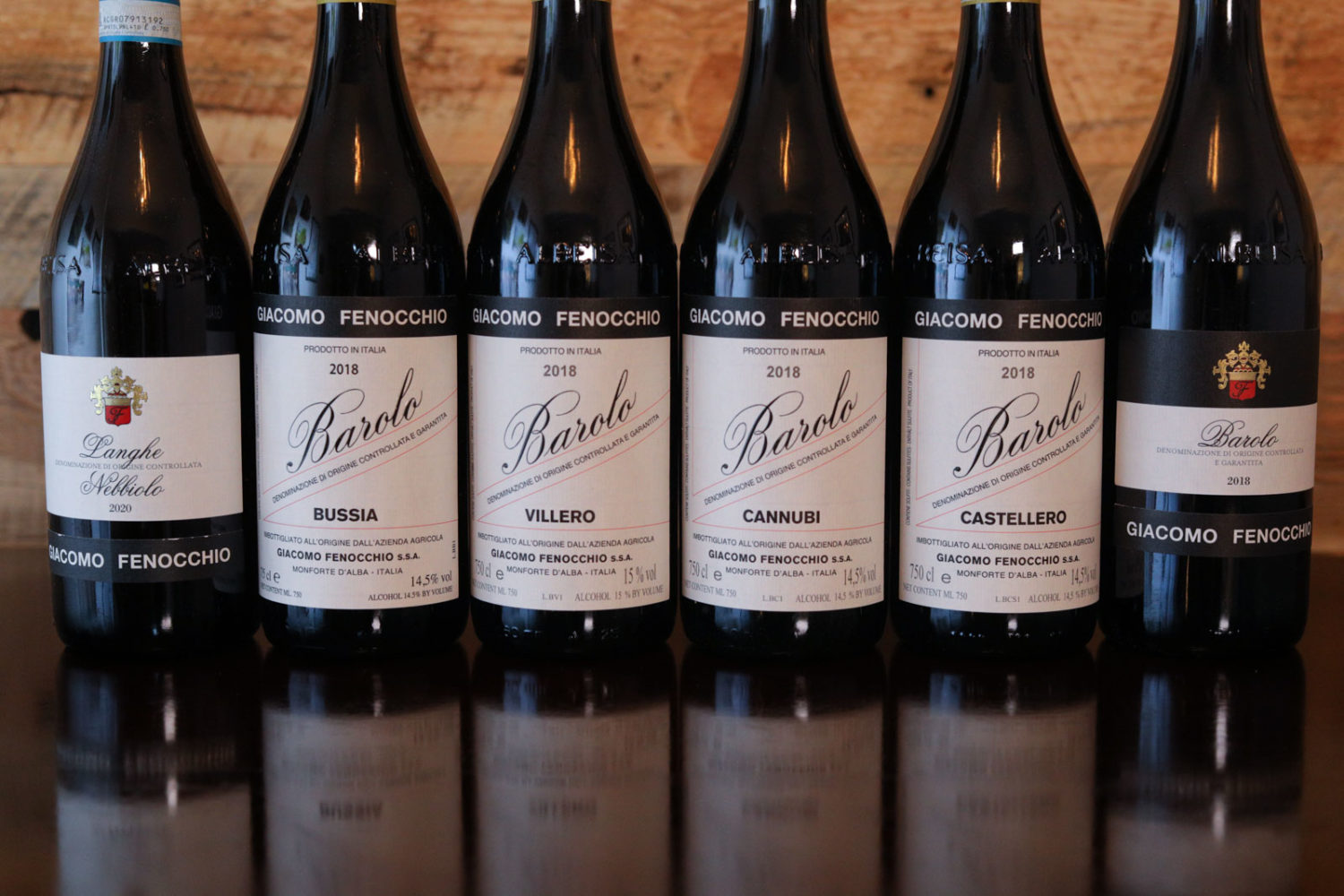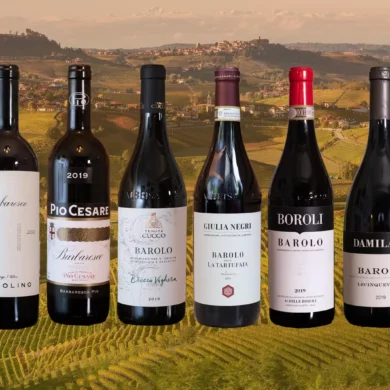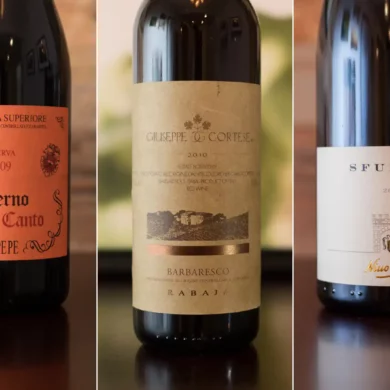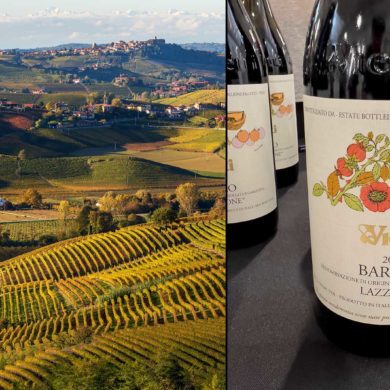Too much is made of borders. That much was made clear to me on two recent trips. One was a swing through the American Southwest and the Four Corners area, where on a lonely stretch of Utah highway, I pointed out to my daughters the snow-covered mountains in Colorado (to our left) and Arizona (to our right) while the ghostly prow of Shiprock in New Mexico lay directly in front of us. Absorbing the totality of that landscape, the imaginary perpendicular lines of the state borders were rendered meaningless.
On a map, Cannubi, Castellero, Bussia Sottana and Villero line up like pearls on a necklace through the middle of the appellation.
Similarly in Friuli last November, what was Italy and what was Slovenia was merely a matter of procedure: the Collio and the Brda at times seem as intertwined as a braided rope.
All of this was on my mind as I parsed the details of the last of the 2018 Barolo wines I received from Giacomo Fenocchio.
How come? Because this sterling, well-priced estate is not only geographically dead-center in the Barolo DOCG, but its Nebbiolo vineyard holdings are too. On a map, Cannubi, Castellero, Bussia Sottana and Villero line up like pearls on a necklace through the middle of the appellation. Yet these four vineyards are aligned with three different communes: the first two in Barolo, the third in Monforte d’Alba, and the last in Castiglione Falleto. In terms of guidance, those commune borders only provide the artificial temptation to paint generalizations about the wines within.
The commune of Barolo, and in particular the vineyard of Cannubi, is suppose to represent the most harmonious synthesis of the entire Barolo DOCG profile. Or at least, that’s the general guidance we always hear. Yet with Giacomo Fenocchio’s 2018 wines, I actually found that balance more acutely honed in the Bussia instead.
Wines from Monforte d’Alba — which I’ll remind you, is home to Bussia — are the most powerful and structured, built like an iron-clad ship, we are told. But instead, I found that attribute most in the Villero, which belongs to Castiglione Falleto.
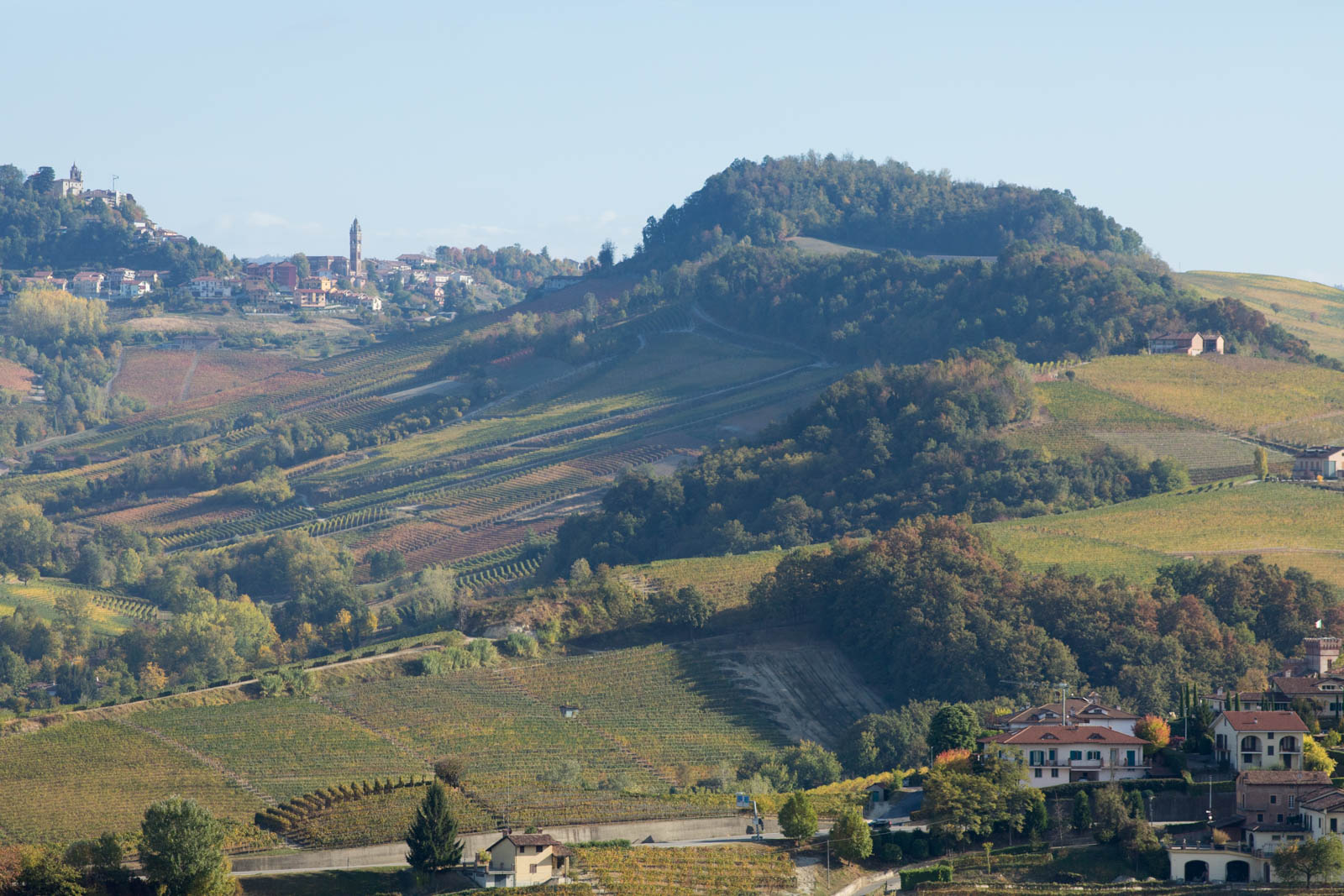
Even by noting these bucked trends, I feel like I am unfairly painting each of these individual wines as “statement makers” on their origin. After all, Barolo is the most French of all Italian wines in the sense that terroir is everything to the conversation. But does it need to be? Truthfully, I found a remarkable consistency to Giacomo Fenocchio’s 2018 class of wines, and that’s what ought to be celebrated most here. Not the imagery lines drawn on the MGA maps we so love to pour over.
Each one skewed more toward black fruit and earthy tones more than red fruit and flowers.
Each one walked across the palate with finesse and intrigue.
Each one finished beautifully, lingering for ages with every sip.
This wasn’t a scientific A-B study of terroir; it was a designer revealing their collection on the runway, with every detail — from fabric choice to color palette — making perfect sense. The upcoming 2019s? They too will have their own point of view, and perhaps “the most structured” and “the most elegant” will be from a different set of vineyards. Isn’t it more exciting to chase vintage variation any way?
All of this probably sounds like I am saying “the cru vineyards do not matter.” They most certainly do. Villero, in particular, is known for wines of longevity and stature, so comparing Giacomo Fenocchio’s version to those from Brovia, Giuseppe Mascarello or Oddero would certainly be illuminating. Furthermore, walking these vineyards and forming a rapport with their personality is one of the great privileges in wine travel. The emotions forged by each cru is a personal affair, and should count for something, too. (For instance, I will always love Brunate because it is so photogenic).
It’s when the terroir studies become everything — and particularly when they skew into generalizations about the communes — that I find the joy drained from the experience a bit. (I know I’ve been guilty of this crime in my writing a time or two. I hereby resolve to avoid it!).
I want to close with a note to those of you hoping to find producers worth the effort of cellaring: Seek out Giacomo Fenocchio. Barolo prices continue to sky-rocket, yet this superb producer — listed by me as one of the Essential Winemakers of Italy — somehow still resides under the radar. The Cannubi in particular, is very well priced. It may reach the $100-mark in a few years, something most other Cannubi wines have long ago surpassed. For now, these wines remain an excellent buy.
More on Giacomo Fenocchio
For details on each of these Barolo wines — as well as a few others in the Giacomo Fenocchio collection — visit the winery’s in-depth Essential Winemakers of Italy page.
